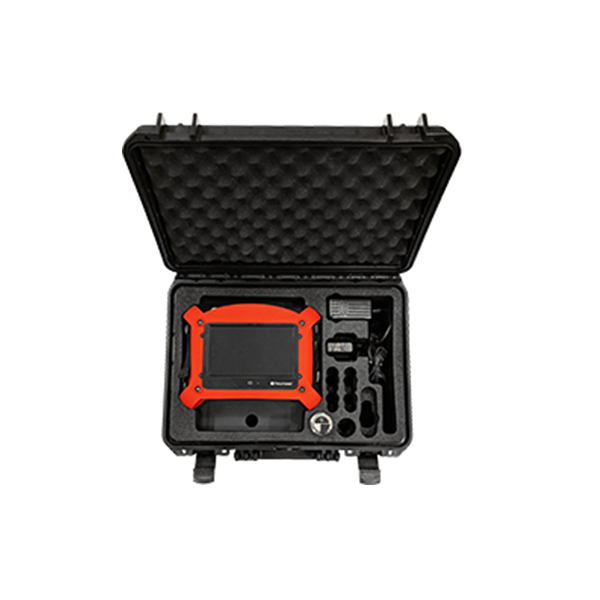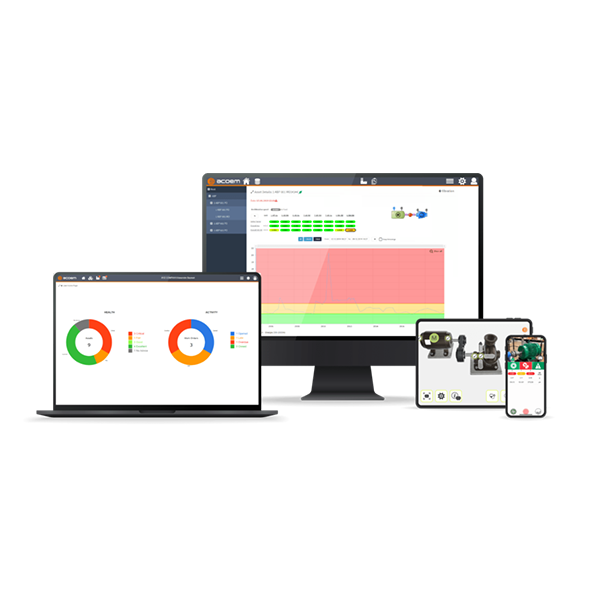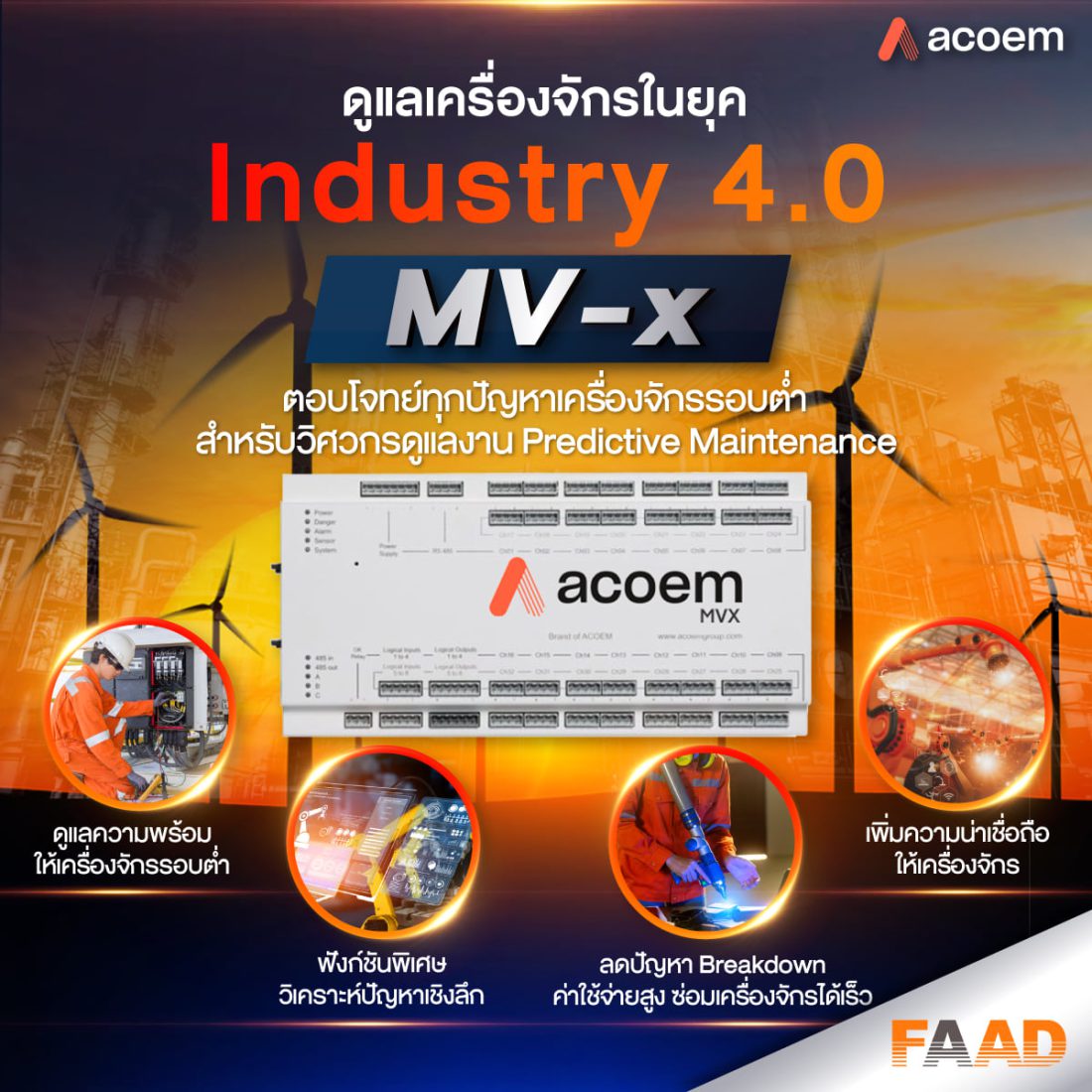Preventive Maintenance and Predictive Maintenance
Preventive Maintenance And Predictive Maintenance
It is a strategy used to maintain machinery and equipment to ensure smooth operation and reduce potential damage. The approaches differ in terms of planning and execution as follows:
The difference between
Preventive And redictive
| Title | Preventive Maintenance (PM) | Predictive Maintenance (PdM) | ||||
| Maintenance method | Repairs according to the specified period of time. | This is done when there are signs of deterioration detected. | ||||
| Technology | No need for high technology | Need equipment and tools to analyze abnormalities. | ||||
| Efficiency | Reduces risk, but has maintenance that may not be necessary. | has higher efficiency Because they do it when they encounter abnormalities. | ||||
| Cost | There can be high costs from unnecessary maintenance. | Reduce costs by making repairs Only when abnormalities are detected | ||||
Preventive Maintenance (PM)
Preventive Maintenance (PM) is scheduled maintenance that does not require monitoring the actual condition of the machinery. Instead, it relies on predefined time intervals, such as every 3 or 6 months. This type of maintenance is typically determined based on manufacturer recommendations or operational experience to prevent deterioration before problems arise.
ตัวอย่างงานใน Preventive Maintenance:
01
Fluid Replacement
Refers to replacing fluids such as engine oil, gear oil, or other lubricants at intervals or mileage specified by the manufacturer. This maintains the performance of the engine or system and reduces component wear.
02
Replacing Parts Based on Service Life
Involves replacing machinery or equipment components at scheduled intervals or usage periods as recommended by the manufacturer. This prevents failures or operational disruptions without waiting for parts to malfunction or break.
03
Checking Belt Tension
Involves inspecting and adjusting the tension of belts or aligning pulleys to ensure the drive system operates efficiently. Proper tensioning minimizes unnecessary wear and friction, extending the lifespan of belts and other drive system components.
Predictive Maintenance (PdM)
Predictive Maintenance (PdM)
Predictive Maintenance uses monitoring technologies and data analysis to continuously assess the condition of machinery. Maintenance is performed only when signs of deterioration are detected. This approach typically involves measurements such as vibration analysis, temperature monitoring, lubricant inspection, and acoustic monitoring to predict when machinery might experience issues. It allows for maintenance to be planned only when necessary, optimizing efficiency and minimizing unplanned downtime.
Predictive Maintenance:
Vibration Analysis
01
Vibration Analysis refers to the process of measuring and analyzing the vibrations of machinery or equipment to assess its operating condition and detect abnormalities, such as component wear, imbalance, or bearing damage. This method helps prevent severe damage and reduces downtime by allowing for preventive maintenance before problems escalate.
02
Using Machine Learning or AI for Maintenance Prediction
The use of Machine Learning (ML) or Artificial Intelligence (AI) involves analyzing data from machinery or equipment using advanced algorithms to predict future maintenance needs. This predictive approach allows for advance warning before a failure occurs, enabling timely and efficient maintenance actions. It helps avoid unplanned downtime and reduces costs by identifying potential issues early and allowing for proactive repairs or replacements.
03
Oil Analysis
Oil Analysis is the process of inspecting and evaluating the properties of the lubricating oil used in machinery to diagnose the condition of the machinery and the quality of the oil. It helps identify potential issues and prevent damage before it occurs by analyzing factors such as contamination, wear particles, and oil degradation. This proactive approach helps extend the life of both the machinery and the oil.
It greatly contributes to Zero Breakdown or preventing machinery downtime.
Benefits of Both Maintenance Approaches
Zero Breakdown or preventing machinery stoppage is a key goal in industrial maintenance systems. The focus is on minimizing the chances of damage or downtime as much as possible through various maintenance strategies and the involvement of all staff. Achieving Zero Breakdown not only reduces time and costs but also improves production efficiency and lowers the rate of damage during operations.
How to Achieve Zero Breakdown

1. Preventive Maintenance
2. Predictive Maintenance
3. Routine Inspection and Cleaning
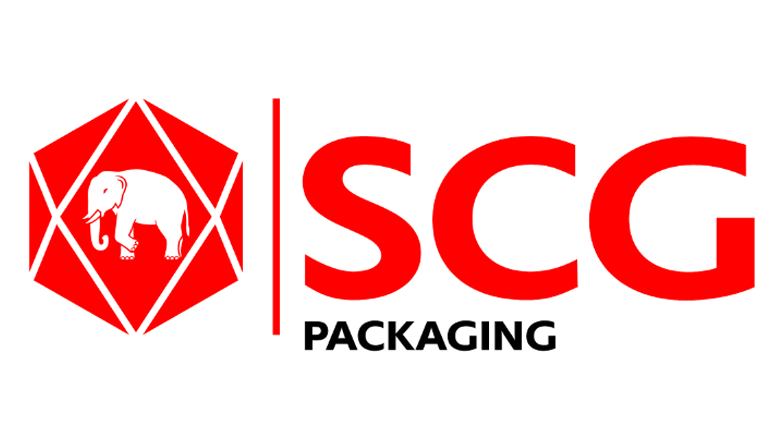
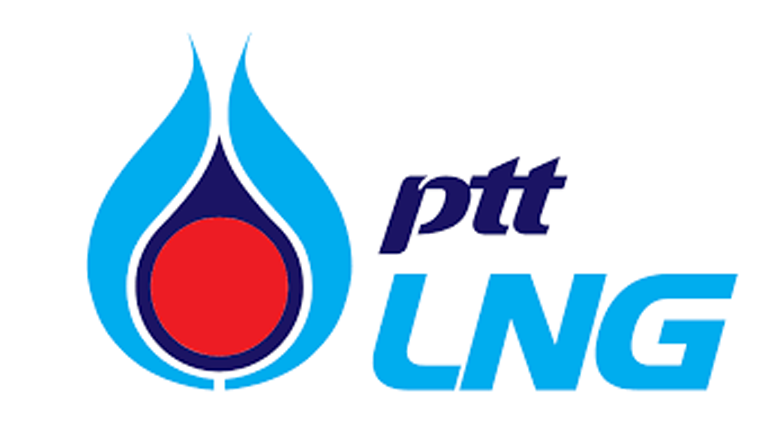
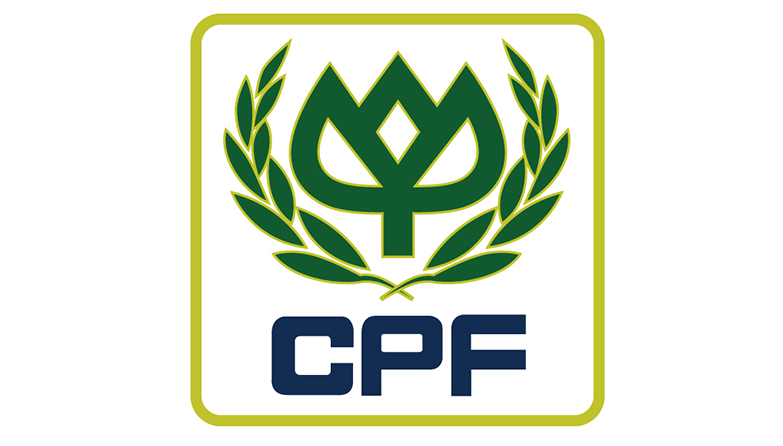
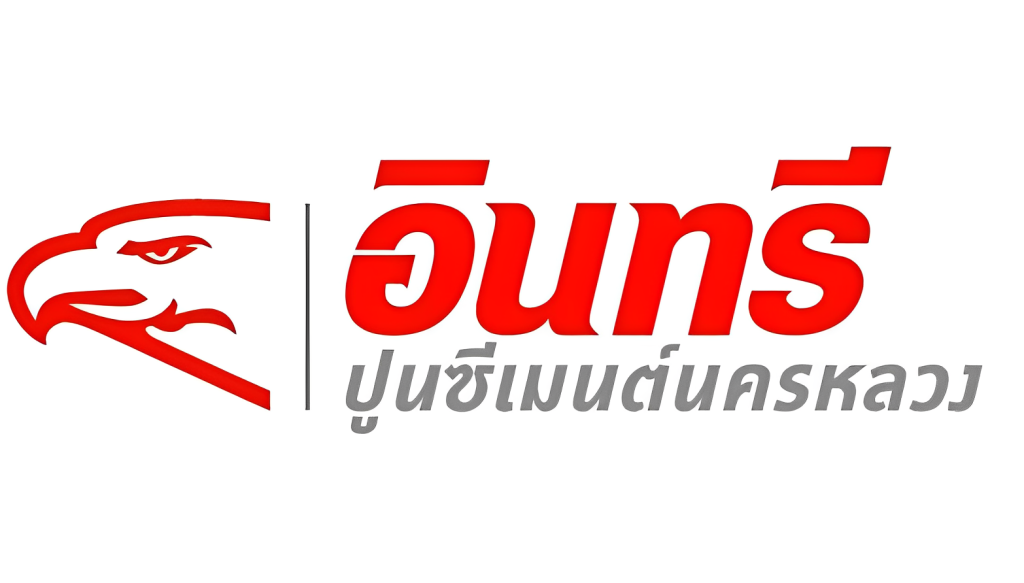
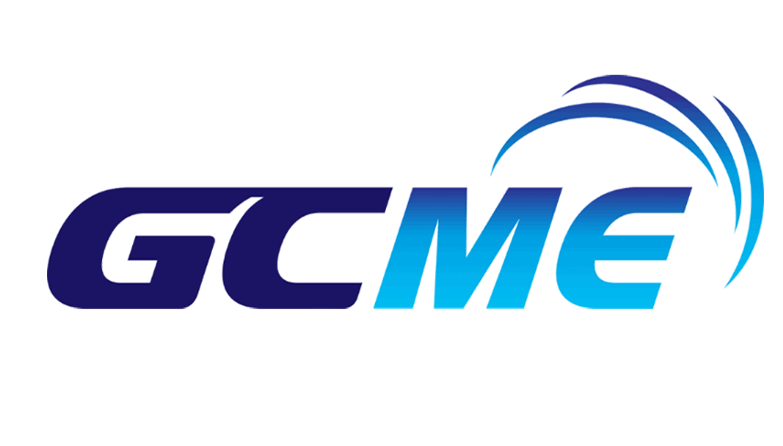
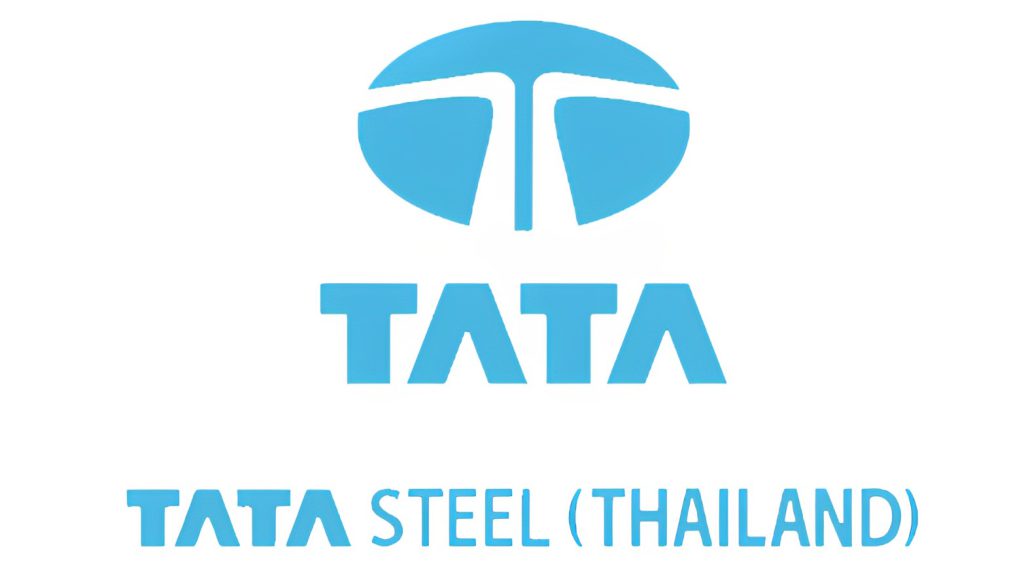
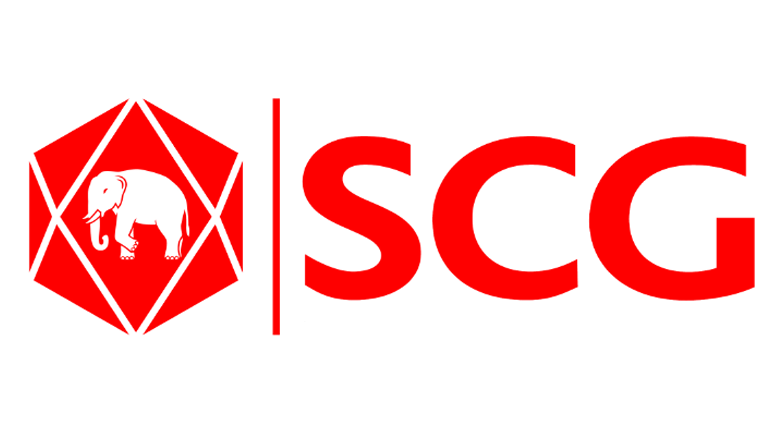
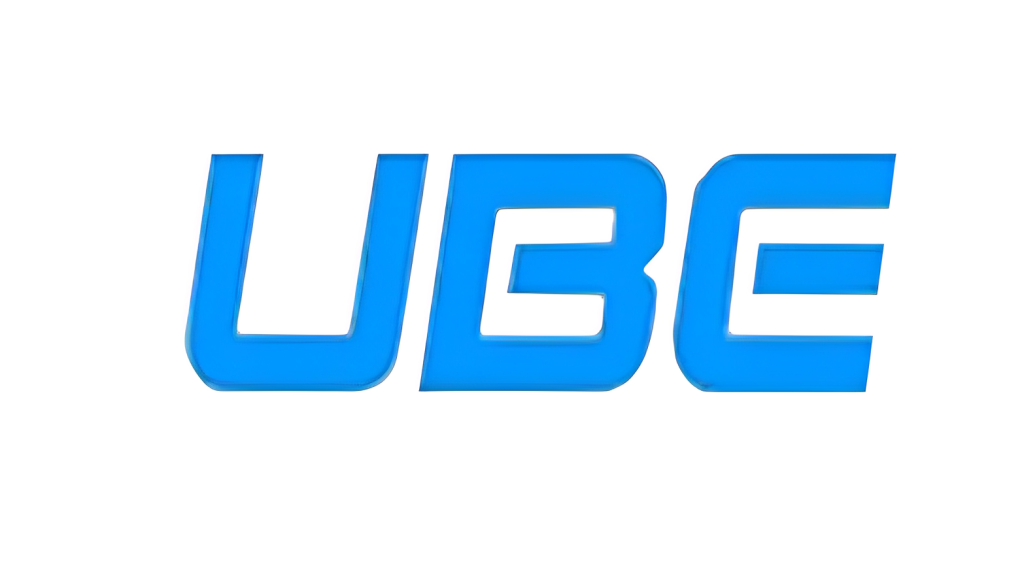
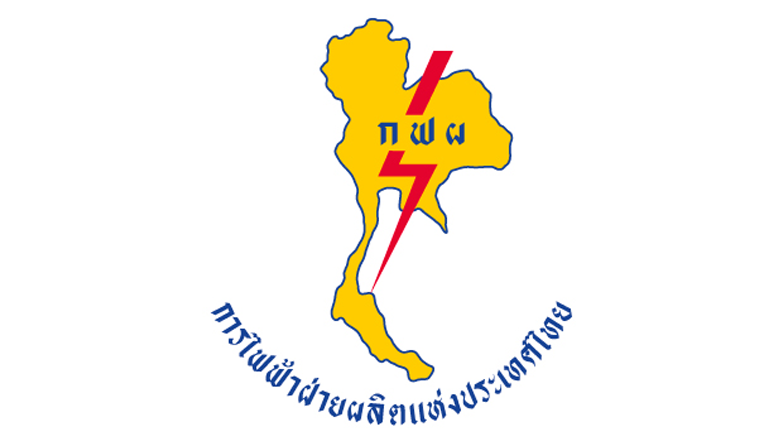
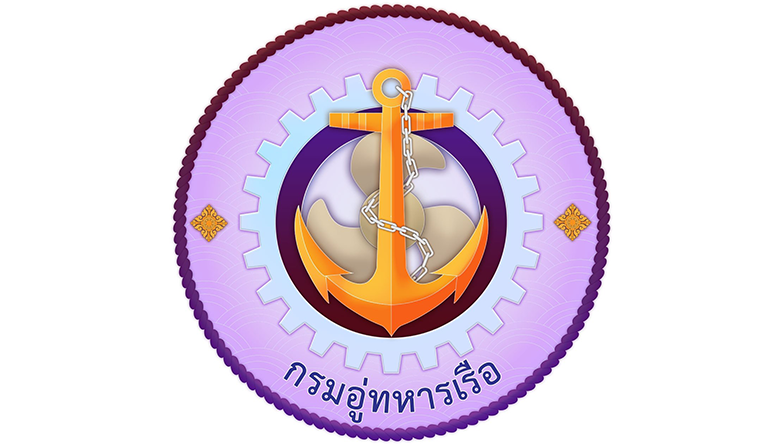
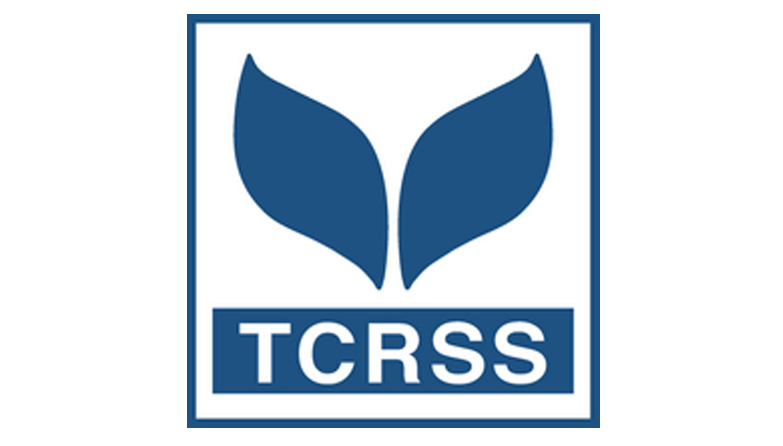
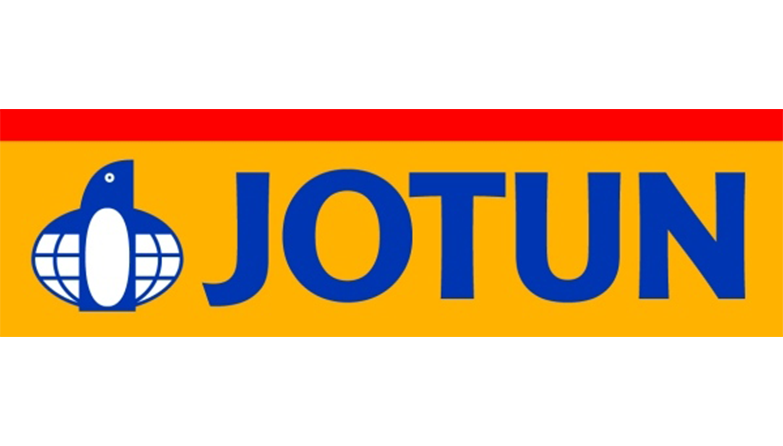
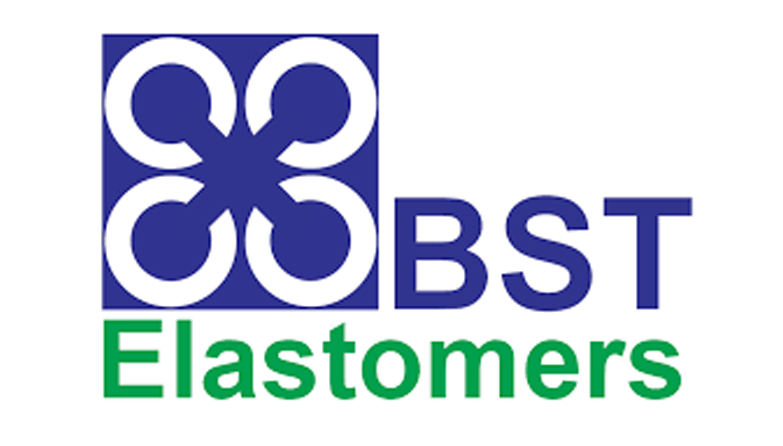
Read Our Latest News
News & Articles
- By Admin Faadtech
- Comments are off for this post.
- By Admin Faadtech
- Comments are off for this post.





